Water is vital for both people and animals, yet before the introduction of the well-known tap water, people had to resort to wells. This well water was used for a wide range of purposes: to drink, to prepare meals, to wash the dishes, to water the cattle, to clean, etc. But next to its domestic value, water was and still is a crucial component in the industry as well: just think of breweries, tanneries, ice- and lemonade factories, etc. You can also find wells in these industrial sites.
Until recently, the water well was actually a very important aspect of daily life. It was only after the general distribution of modern water supplies in the second half of the twentieth century that the use of wells rapidly declined. Only a few decades ago, water well systems were still an integral part of the landscape. Unfortunately, more and more wells fell into disrepair and many of them were demolished. In many cases the well shaft remained, but the well was covered.
Not only the architectural heritage is threatened, also the knowledge related to digging and using a well is being lost. The MOT tries to counteract this evolution.
In 2009, the MOT launched the online project What about the water well?, in which we made an initial inventory of the existing wells, but also of the demolished, filled in and covered ones, both here and abroad. Since then, this database has grown steadily.
Do you know a water well? Please contribute by sending information to info@mot.be.
